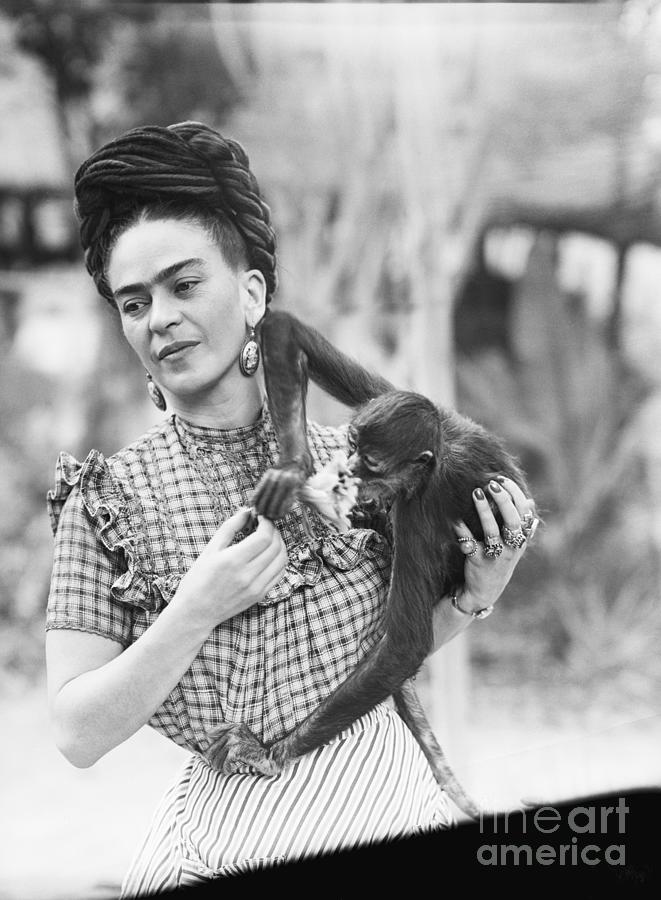As you may remember, at the end of last week, we flew to China on our magic carpet and came down to land on what looked like some sort of lookout or wall. The children used their looking eyes and came up with some fantastic suggestions as to where we might have landed…

Luckily, we were able to find out the answer by asking an expert; one of the children in our class has an uncle who used to live in China and he very kindly made a video for us. He taught us how to say hello in Chinese and how to count to 5. And…he told us we had landed on the Great Wall of China!
You can take a closer look at the Great Wall of China in this National Geographic video:
Of course, the wall inspired much of our building and balancing:



This week was also book week at St. Matthew’s so we took a break from our world travels and immersed ourselves in the whole-school theme of ‘Back to Nature’. Our focus book was ‘The Lost Words’ by Robert Macfarlane. As the author explains;
“The book began as a response to the removal of everyday nature words – among them “acorn”, “bluebell”, “kingfisher” and “wren” – from a widely used children’s dictionary, because those words were not being used enough by children to merit inclusion. But The Lost Words then grew to become a much broader protest at the loss of the natural world around us, as well as a celebration of the creatures and plants with which we share our lives, in all their wonderful, characterful glory.” Robert Macfarlane (author).
You can revisit some of the poems (spells) here:
In nursery, we talked about the words we are already familiar with and we were so impressed that the children already knew many of them, including acorn, bluebell, bramble, conker, dandelion and fern! Perhaps we shouldn’t be surprised that the children already know so many nature words given that most days in nursery are spent getting ‘back to nature!’
We decided to create our own book of nature words and quickly got to work exploring the garden to find creatures and plants we could collect or photograph. Here are some of our beautiful findings…








After the half term, we will finish putting our book together and be sure to share it with you!
Have a wonderful half term everyone and see you back at school on Monday 7th June.



























 Book cover image from www.amazon.co.uk
Book cover image from www.amazon.co.uk















